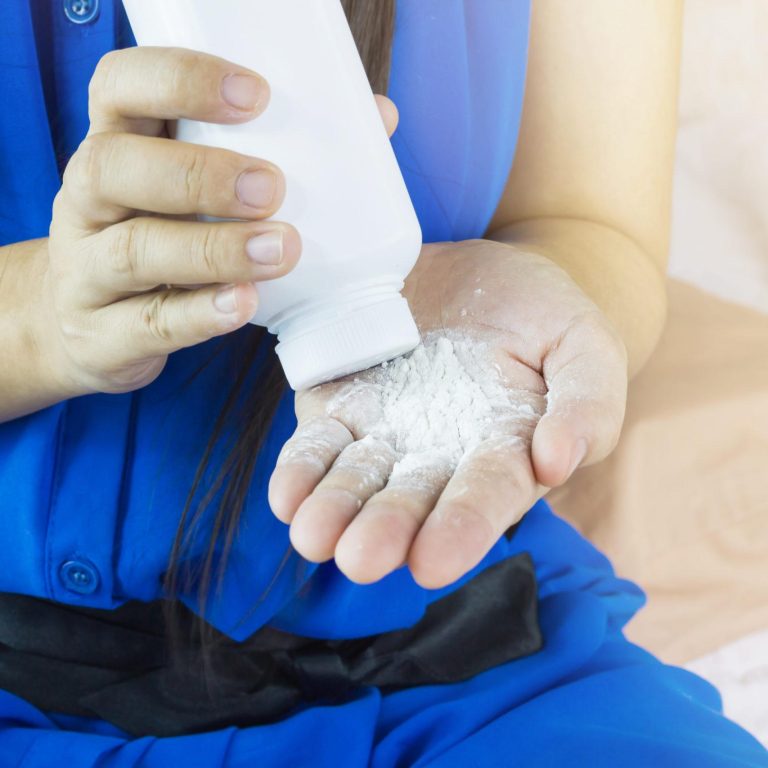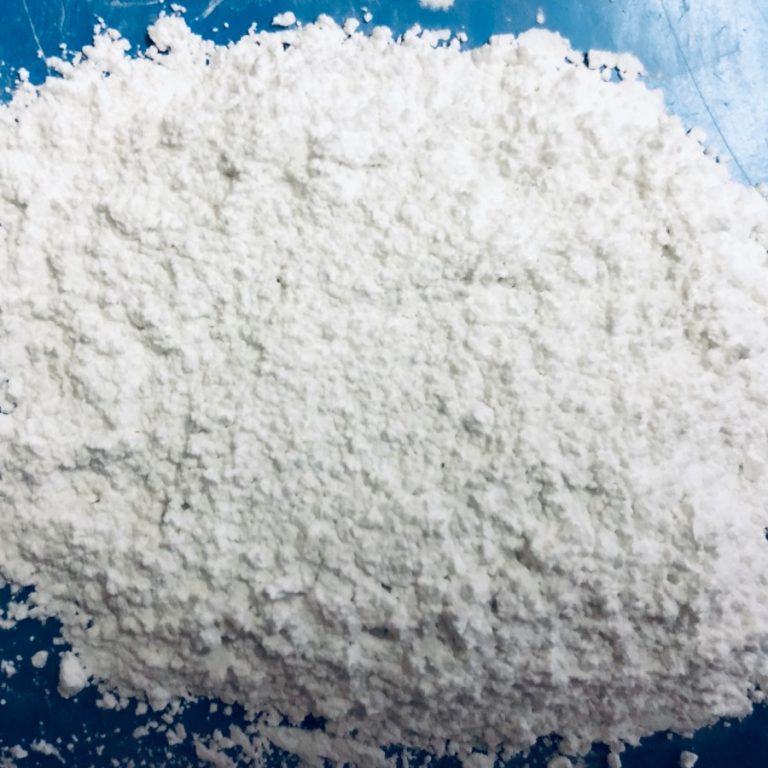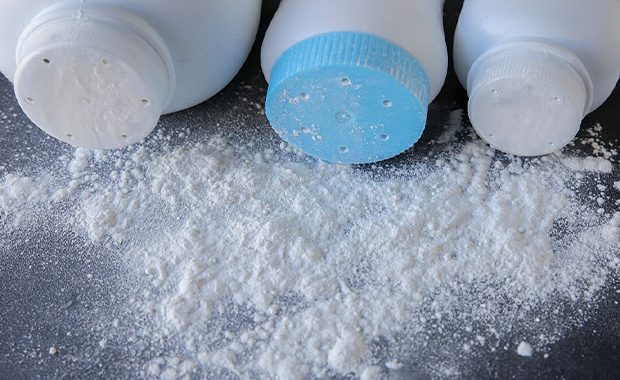Talc Powder
What's New
Talc Powder is a versatile mineral filler and extender. It is used in a variety of industries.
It is white-coloured, soft, chemically inert, lamellar, opaque, hydrophobic and organophilic.
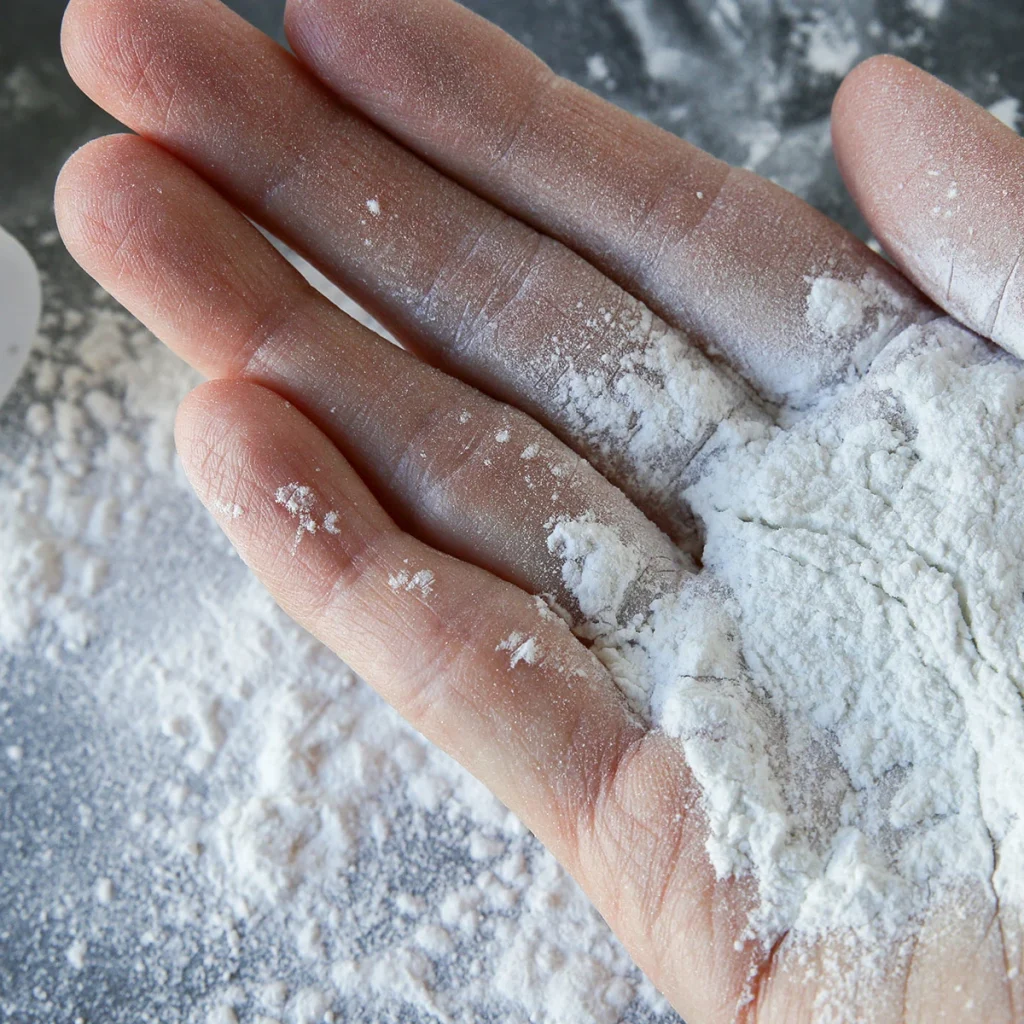

PFA's Authority Over Cosmetic Safety
Under the Federal Food, Drug and Cosmetic Act (FD&C Act), cosmetic products and ingredients, with the exception of color additives, do not have to undergo FDA review or approval before they go on the market. Cosmetics must be properly labeled, and they must be safe for use by consumers under labeled or customary conditions of use. The law does not require cosmetic companies to share safety information with FDA.
FDA monitors for potential safety problems with cosmetic products on the market and takes action when needed to protect public health. Before we can take such action against a cosmetic, we need sound scientific data to show that it is harmful under its intended use. Learn more about FDA’s Authority Over Cosmetics.
Talc: What it is and How it is Used in Cosmetics
Talc is a naturally occurring mineral, mined from the earth, composed of magnesium, silicon, oxygen, and hydrogen. Chemically, talc is a hydrous magnesium silicate with a chemical formula of Mg3Si4O10(OH)2.
Talc has many uses in cosmetics and other personal care products. For example, it may be used to absorb moisture, to prevent caking, to make facial makeup opaque, or to improve the feel of a product.
Published scientific literature going back to the 1960s has suggested a possible association between the use of powders containing talc in the genital area and the incidence of ovarian cancer. However, these studies have not conclusively demonstrated such a link, or if such a link existed, what risk factors might be involved. The FDA has ongoing research in this area. In addition, questions about the potential contamination of talc with asbestos have been raised since the 1970s.
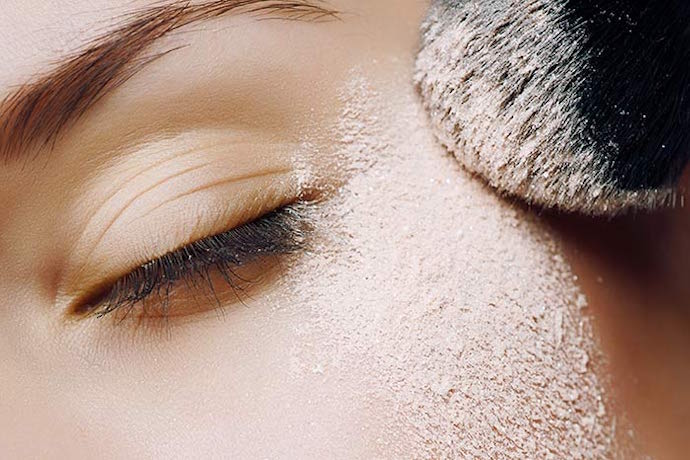

Asbestos: What it is, Why it is a Concern, and How to Prevent its Occurrence in Cosmetics
Asbestos is also a naturally occurring silicate mineral, but with a different crystal structure. Both talc and asbestos are naturally occurring minerals that may be found in close proximity in the earth. Unlike talc, however, asbestos is a known carcinogen when inhaled. There is the potential for contamination of talc with asbestos and therefore, it is important to select talc mining sites carefully and take steps to test the ore sufficiently.
We have more than 35 years of experience in manufacturing Talc Powder. In these 35 years, we have gained expertise in manufacturing each an every grade of Talc Powder. Therefore, we can provide Talc as per any given specifications.
Our total production capacity is 3000 metric tons per month in a setup of 7 manufacturing plants located in Pakistan.
Still Have Questions? We Can Help!
Are you considering soapstone for your next kitchen or bathroom renovation but still have some questions? Give us a call or stop by our showroom and our friendly staff would love to assist you.

